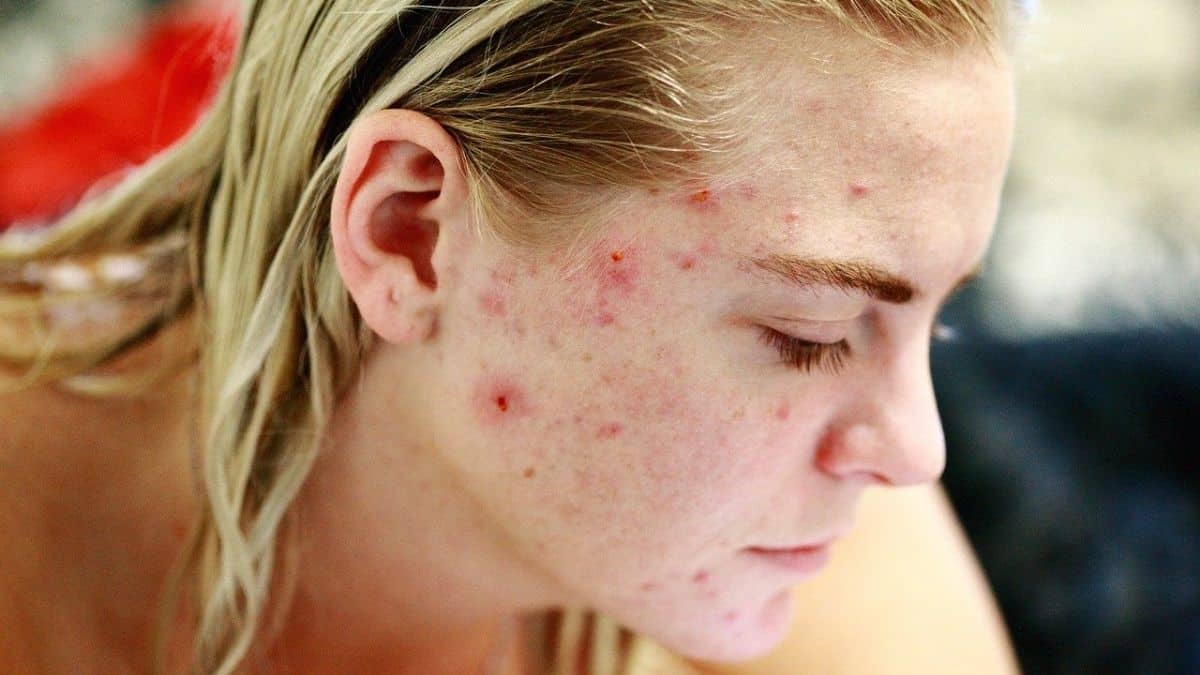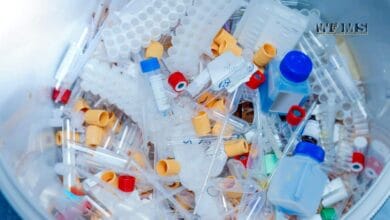Rare Skin Diseases that People find hard to talk about

Rare skin diseases can make people go through periods of isolation, depression, anxiety, and even invoke suicidal thoughts. One of the reasons is that individuals are embarrassed to talk about them. But there is nothing to be ashamed of. To break the taboo around skin conditions, we have provided detailed information about them, how to cope and even cure them.
Hidradenitis Suppurativa
Hidradenitis Suppurativa is a skin condition that causes the formation of small lumps under the skin, which can be painful. The condition is often seen in areas where the possibility of skin rubs is higher, for example, buttocks, armpits, and breasts. Individuals suffering from Hidradenitis suppurativa are highly conscious of the condition. However, they should not be. There are treatments for Hidradenitis suppurativa available today, reported by many others dealing with this condition. Here are all the details you need to know about the condition.
Symptoms
The skin condition usually tends to start after puberty. Some of the common symptoms include:
- Blackheads
- Painful lumps: The lumps are pea-sized. They usually start with one small lump that can last for months. Gradually, more lumps start forming, causing excessive pain. As mentioned earlier, they form in regions like the buttocks, breasts, armpits and groin.
- Tunnels: When the lumps connect, tunnels might start forming under the skin.
Causes
Hidradenitis suppurativa is caused due to the blockage of hair follicles. However, what causes the follicles to get blocked in the first place is still unknown. Experts believe that the cause may be related to hormones, cigarette smoking, or excessive weight.
Treatments
There are various hidradenitis suppurativa treatments available. The doctor can suggest medications or surgery, depending upon the situation. Here’s a look at all the treatments for Hidradenitis suppurativa.
Medications
- Antibiotics: Antibiotics, in the form of a liquid, gel, or pills, are used to treat the condition. Monodox and Cleocin are commonly prescribed antibiotics by medical professionals. Depending upon the severity of the condition, the doctor may prescribe antibiotics for months.
- Hormonal therapy: Estrogen-containing combined oral pills can prove to be an effective hidradenitis suppurativa treatment.
- Pain killers: Doctors may even prescribe pain killers to alleviate the pain people experience with hidradenitis suppurativa.
Surgery
There are various surgical options for treating hidradenitis suppurativa. Depending upon the extent and severity of the condition, the doctor may prescribe one of the following surgical approaches:
- Tunnel uncovering: This procedure involves exposing the tunnels under the skin. It is recommended for individuals having moderate to severe symptoms.
- Laser removal: Laser hair removal can be used as a hidradenitis suppurativa treatment in the initial stages.
Vitiligo
Vitiligo is a skin condition that causes skin discoloration in patches. It is a common skin condition that affects about one percent of the global population. The condition occurs when melanin-producing cells stop functioning or die. There are treatments available for vitiligo that can restore skin color. But they can’t prevent continued loss of skin color or a recurrence.
Symptoms
The common signs and symptoms associated with vitiligo include:
- Loss of skin color in patches that gradually enlarge
- Premature graying or whitening of hair
- Loss of color in the tissues in the mucous membranes
Causes
It occurs when melanin-producing cells (melanocytes) die or stop producing pigment. It can happen due to an autoimmune condition, hereditary reasons, or a trigger like stress or contact with a harmful chemical.
Treatments
The treatment for vitiligo depends on a variety of factors. Some of the factors include the age of the person, the severity of the condition, the spread rate, and the effect on the individual.
Medications, therapies, and surgery are the common treatments used for vitiligo. Here’s a look at each in detail.
Medications
The medications include drugs that can control inflammation, like a corticosteroid cream. Similarly, medications that affect the immune system also treat vitiligo.
Therapy
Phototherapy using ultraviolet A and B light is used to slow or stop the progression of vitiligo.
Surgery
If the treatments mentioned above aren’t effective, the doctor may prescribe surgery. Some of the techniques that can be used include:
- Skin grafting: Small sections of pigmented skin are transferred to the affected areas.
- Blister grafting: Blisters are created on the pigmented skin and then transferred to the discolored skin patch.
Atopic Dermatitis (Eczema)
One in ten people will develop atopic dermatitis in their lifetime. It is a skin condition that leads to redness and itching. There has been no treatment found for eczema. However, self-care can help prevent new outbreaks. Here’s a look at eczema in detail.
Symptoms
The symptoms of eczema vary from person to person. Some of the commonly observed symptoms include:
- Dry skin
- Itching
- Cracked, scaly skin
- Red skin
Causes
Eczema is caused due to a gene variation that affects the body’s ability to protect from bacteria and other allergens. Food allergies may also cause eczema in children.
Treatments
There are various treatments available for eczema. However, they won’t cure you completely. The symptoms may return after a while. Here’s a look at each in detail.
Medications
Creams and oral drugs can help fight infection, control itching and repair skin.
Therapies
- Wet dressing: This involves wrapping the infected area with wet bandages and topical corticosteroids.
- Light therapy: Phototherapy using natural sunlight and artificial ultraviolet light is used if topical treatments don’t help.
- Home medications: Simple techniques like moisturizing the skin, applying an anti-itch cream and controlling itching can help against eczema.
Conclusion
Skin diseases are the fourth most common cause of human illness. There is nothing to be embarrassed about if you have any skin condition. Research and advancements in the medical field have led to the cure of many skin problems, while the impact of significant others has been controlled. If you have a skin condition, openly talk about it to your friends, family members and consult a doctor. Help is nearby. You only need to ask for it.



